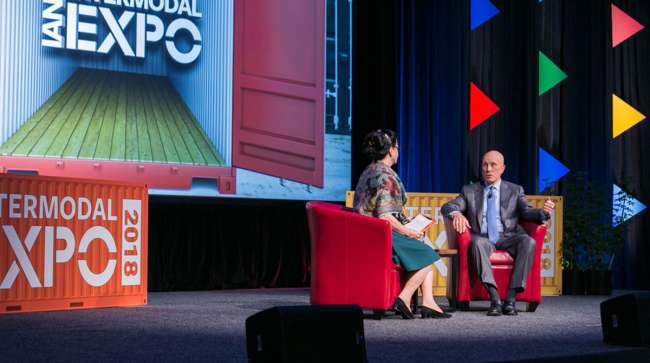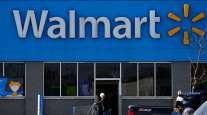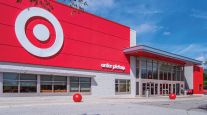Retail Growth, Consumer Expectations Add to Supply Chain Demands

LONG BEACH, Calif.—The retail industry is in the middle of an enormous transformation, growing at a pace that exceeds the gross domestic product and adding about 70,000 jobs this year. Brick-and-mortar retailers as well as e-commerce providers are working to expand their offerings, which will place new demands on the supply chain.

National Retail Federation CEO Matthew Shay shared those thoughts during the Intermodal Association of North America’s Intermodal Expo 2018 here Sept. 18. Because retail touches everyone everywhere every day, consumers’ expectations put increased pressure on shippers.

In our fourth episode of RoadSigns, we ask: What does trucking's rush toward blockchain mean for an industry that relies so much on trust among business partners? Hear a snippet from Ken Craig, vice president of special projects for McLeod Software and co-founder of the Blockchain in Transport Alliance (BiTA), and get the full program by going to RoadSigns.TTNews.com.
He said those within the supply chain need to take a strategic approach to shipments and think of the value they can add, especially as consumers demand next day or even same-day shipments. “They should be approaching this with the mindset that it has to be a true partnership because we know that since the recession customers have changed,” Shay said.
Consumers also expect free shipping and returns, which has pressures and implications for everyone in the supply chain, he said.
The National Retail Federation supports investment in infrastructure and is working with partners in Washington, D.C., such as IANA as well as trucking and railroad associations to advocate on Capitol Hill, Shay said.
“I think we’ve gone too long kicking the can down the road in terms of making investments in infrastructure,” he said. “Raiding the Highway Trust Fund, doing short-term Band-Aid approaches has not served any of us well.”
However, NRF hasn’t taken a position on how to fund infrastructure, Shay said.

More From IANA
- Panelists: Automation, Electrification Could Advance Faster in Intermodal
- Dave Manning Honored With IANA’s Silver Kingpin Award
- Large Ocean Vessels Create Challenges for Shippers
- Intermodal, 3PL Outlook Remains Strong
- Tariffs Could Spur Early Imports, Higher Inventories
- Brokerage Within Intermodal Faces Added Complexity
- Supply Chain Partners Focus on Efficiency to Improve Capacity
He expects retail growth to remain strong the rest of the year, and NRF recently announced it anticipates retail sales to increase a minimum of 4.5-5% this year.
“We think we’re poised to have an outstanding holiday season,” Shay said. “Customers are in a really healthy place. Retailers have been perfecting their supply chain and thinking about this season for more than a year.”
Adding to the growth is lines between online and traditional retail channels are continuing to blur. Traditional brick-and-mortar stores, such as Nordstrom, Target and Walmart, are investing in e-commerce capabilities, while traditional e-commerce players, such as Amazon, are investing in brick-and-mortar stores. Plus, more brick-and-mortar stores built than closed last year, at a 2-to-1 ratio, Shay said.




